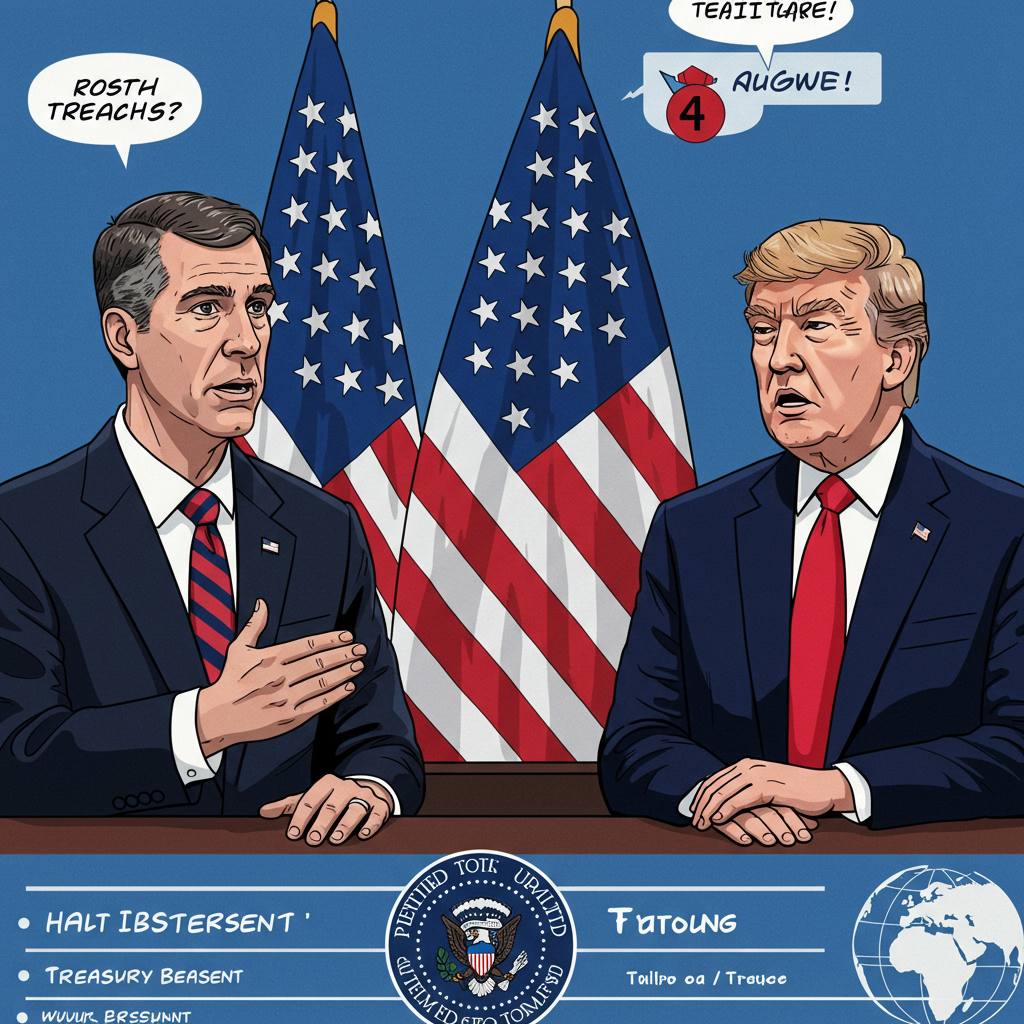The ongoing government shutdown has taken a critical turn, directly impacting millions of vulnerable Americans who rely on federal food assistance. In a significant development, the Trump administration announced it would issue only partial Supplemental Nutrition Assistance Program (SNAP) payments, a decision made under duress of federal court orders. This move, a reversal from an earlier stance to suspend all benefits, highlights the escalating human cost of political gridlock and presents considerable challenges for states and recipients alike. For the 42 million Americans, including 1.4 million Michiganders, who depend on SNAP, this means navigating a complex and uncertain period where essential food aid is significantly reduced and potentially delayed.
Urgent Federal Order Mandates Partial Food Aid
The decision to disburse partial SNAP benefits came after a series of intense legal battles. On October 24, the U.S. Department of Agriculture (USDA) initially declared its intention to halt all SNAP payments starting November 1 due to the federal funding lapse. This alarming announcement spurred widespread concern, with food pantries bracing for increased demand and state legislatures seeking ways to support their residents.
However, federal judges swiftly intervened. On October 31, U.S. District Court Chief Judge John McConnell Jr. in Rhode Island ruled unequivocally that SNAP benefits are a legal entitlement. He emphasized that these benefits had never been cut off in any previous government shutdown. A similar ruling quickly followed from another federal judge in Massachusetts. Both courts gave the USDA a deadline of November 3 to confirm how it would proceed, specifically whether it would tap into a contingency fund for partial payments or find additional resources for full benefits.
USDA Taps Contingency Fund, Declines Full Funding
Responding to the court orders, the USDA confirmed it would utilize an existing contingency fund. This fund, holding approximately $4.65 billion after other expenses, was deemed sufficient to cover 50% of eligible households’ current SNAP allotments for November. This figure, however, falls significantly short of the estimated $9 billion required to fully fund the program for the month.
The administration explicitly rejected the option of transferring funds from tariffs on imported goods to cover the remaining SNAP deficit. It argued that diverting these billions would severely deplete other crucial child nutrition programs, such as school lunch and breakfast initiatives, creating an unprecedented gap that Congress would then have to address. While SNAP faced cuts, the administration did confirm that tariff funds would be used to continue benefits for the Women, Infants and Children (WIC) program, another vital food assistance initiative for low-income families.
Severe Delays Expected for Critical SNAP Payments
Despite the court-mandated decision to issue partial SNAP payments, the administration warned of substantial logistical hurdles and significant delays in implementation. Federal officials highlighted “massive technological differences between the states” as a primary obstacle. This means that states, which administer the SNAP program locally, might have to manually input complex benefit computations and adjust maximum allotment amounts into their disparate systems.
Erin Stover, a spokesperson for the Michigan Department of Health and Human Services, confirmed that Michigan, like many other states, was still awaiting detailed federal guidance on the process. Given that SNAP benefits are typically staggered throughout the month, such system overhauls could lead to payment errors and substantial wait times for beneficiaries. The USDA projected that some states could take anywhere from a few weeks to several months to fully implement the necessary system changes for reduced payments. This uncertainty leaves millions wondering when, and precisely how much, food assistance they will receive.
Political Stalemate Fuels Shutdown Crisis
The federal government shutdown, which began on October 1, had already crossed the one-month mark by November 1 and was on track to surpass the record for the longest in U.S. history (35 days). This escalating crisis is rooted in a deep political division in Washington. Republicans in Congress, backed by the Trump administration, pushed for a short-term funding resolution at current spending levels without policy changes.
Democrats, however, refused to cooperate, insisting on negotiations regarding skyrocketing premium increases for health care policies under the Affordable Care Act (Obamacare) before December 31. This political deadlock meant critical services, including federal payments like SNAP, were left in limbo. The threat to food assistance significantly intensified pressure on lawmakers from both parties, alongside the mounting strain on hundreds of thousands of federal employees working without pay and the operational disruptions affecting sectors like air travel.
What This Means for Beneficiaries and Food Security
The decision to provide only 50% of typical SNAP benefits creates an immediate and pressing challenge for the nearly 42 million Americans who depend on this program. With average monthly benefits around $190 per person, a 50% cut translates to a significant loss of purchasing power for already struggling families. Many will be forced to make difficult choices between food and other essential expenses like rent, utilities, or medical care.
The unprecedented nature of this partial funding, combined with the projected delays, compounds the problem. Beneficiaries cannot plan effectively when the amount and timing of their food aid are uncertain. This scenario puts immense pressure on state and local resources, including food banks and charitable organizations, which are often the first line of defense during times of economic hardship. It underscores the critical role federal programs play in maintaining a basic level of food security for vulnerable populations.
Frequently Asked Questions
Why are SNAP benefits only partially funded during the government shutdown?
The Trump administration initially planned to suspend all Supplemental Nutrition Assistance Program (SNAP) payments due to the federal government shutdown. However, federal judges in Rhode Island and Massachusetts ruled that SNAP benefits are a legal entitlement and must be paid. In response to these court orders, the U.S. Department of Agriculture (USDA) opted to use an existing contingency fund of approximately $4.65 billion. This amount is only sufficient to cover about 50% of the normal SNAP allotments for November, leading to the decision for partial payments.
What immediate challenges do SNAP recipients face with these partial payments?
SNAP recipients face significant uncertainty and potential hardship. Benefits will be reduced by half, impacting crucial food budgets for 42 million Americans. Furthermore, the administration warned of “payment errors and significant delays” in distributing these reduced funds. States must implement complex system changes to process the partial payments, a task that could take “a few weeks to several months” for some. This means beneficiaries may not know exactly when their reduced benefits will arrive or what the precise amount will be.
Could full SNAP benefits be restored, and what’s the political sticking point?
Full SNAP benefits could be restored if the federal government shutdown is resolved and Congress appropriates the necessary funds. The current political stalemate involves Republicans pushing for a short-term funding bill without policy changes, while Democrats insist on negotiating healthcare subsidies under the Affordable Care Act (Obamacare) as part of any spending agreement. Until a broader budget deal is reached, the partial funding scenario for SNAP, along with the risk of future funding crises, is likely to persist, leaving millions in a precarious position.
Conclusion
The decision to issue partial SNAP payments amidst the ongoing government shutdown is a stark reminder of the widespread impact of political impasses on everyday lives. While a federal court order compelled the administration to act, the half-measure solution leaves millions of Americans facing reduced food assistance and considerable uncertainty. This unprecedented situation highlights the fragility of federal aid programs when core government functions are disrupted. As the shutdown continues, the pressure mounts on lawmakers to find a comprehensive solution, not only to fully restore essential food security but also to prevent further erosion of trust in the nation’s social safety net.


